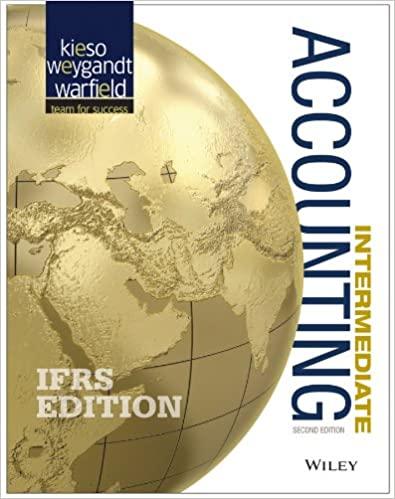Erle Company manufactures a mobile fitness device called the Jogging Mate. The company uses standards to control its costs. The labor standards that have been set for one Jogging Mate are as follows: Standard Rate Standard per Hour Cost 30 minutes $3.10 Standard Hours $6.20 During August, 10,490 hours of direct labor time were needed to make 19,500 units of the Jogging Mate. The direct labor cost totaled $62,940 for the month. Required: 1. What is the standard tabor-hours allowed (SH) to makes 19,500 Jogging Mates? 2. What is the standard labor cost allowed (SHSR) to make 19,500 Jogging Mates? 3. What is the labor spending variance? 4. What is the labor rate variance and the labor efficiency variance? 5. The budgeted variable manufacturing overhead rate is $4.30 per direct labor-hour. During August, the company incurred $54,548 in variable manufacturing overhead cost. Compute the variable overhead rate and efficiency variances for the month. (For requirements 3 through 5, indicate the effect of each variance by selecting "F" for favorable, "U" for unfavorable, and "None" for no effect (le, zero variance). Input all amounts as positive values. Do not round intermediate calculations.) 1. Standard labor hours allowed 2 Standard labor cost alowed 3. Labor spending varionon 4 Labor rate variance Labor efficiency variance 5. Variable overhead rate variance Variable overhead officiency variance Dawson Toys, Ltd., produces a toy called the Maze. The company has recently created a standard cost system to help control costs and has established the following standards for the Maze toy: Direct materials: 6 microns per toy at $0.35 per micron Direct labor: 1.5 hours per toy at $6.50 per hour During July, the company produced 5,000 Maze toys. The toy's production data for the month are as follows: Direct materials: 80,000 microns were purchased at a cost of $0.31 per micron 42,500 of these microns were still in inventory at the end of the month Direct labor: 7,900 direct labor-hours were worked at a cost of $55,300 Required: 1. Compute the following variances for July: (Indicate the effect of each variance by selecting "F" for favorable, "U" for unfavorable, and "None" for no effect (ie, zero variance). Input all amounts as positive values. Do not round Intermediate calculations. Round final answer to the nearest whole dollar amount.) a. The materials price and quantity variances b. The labor rate and efficiency variances. 1a. Material price variance Material quantity variance 1b. Labor rate variance Labor efficiency variance








